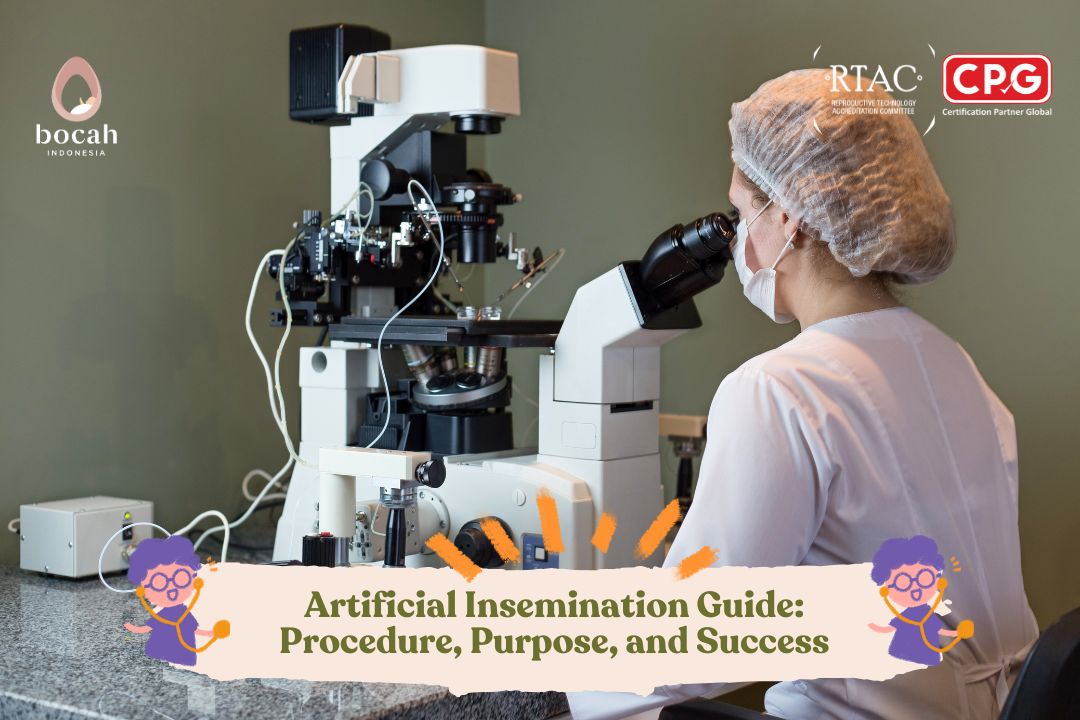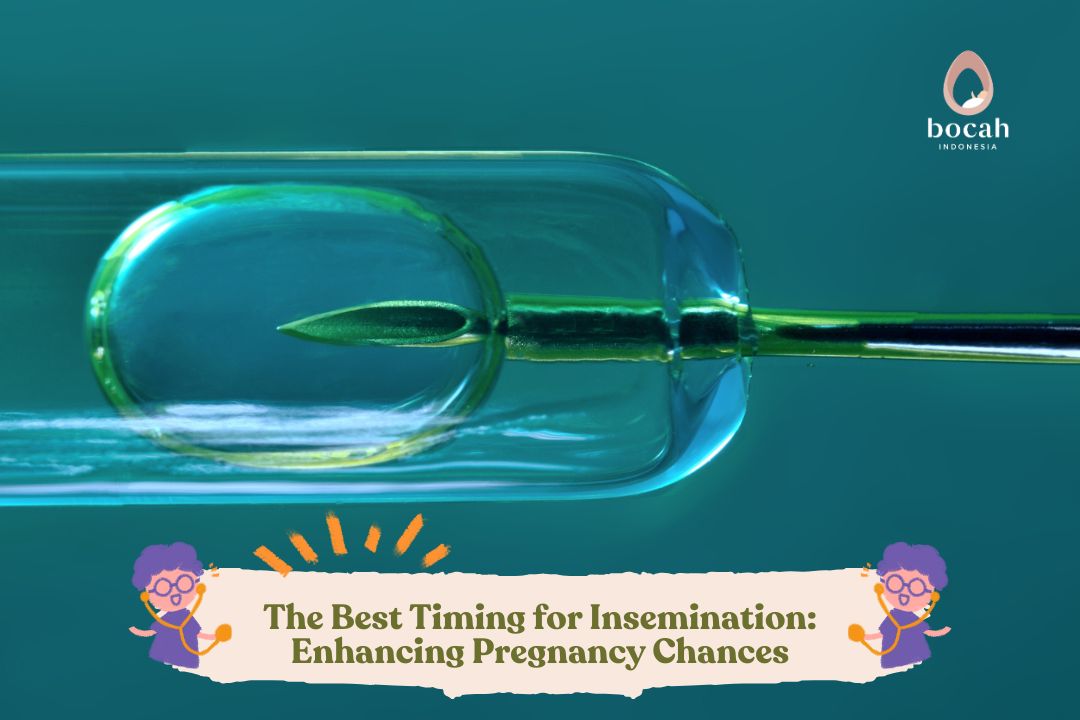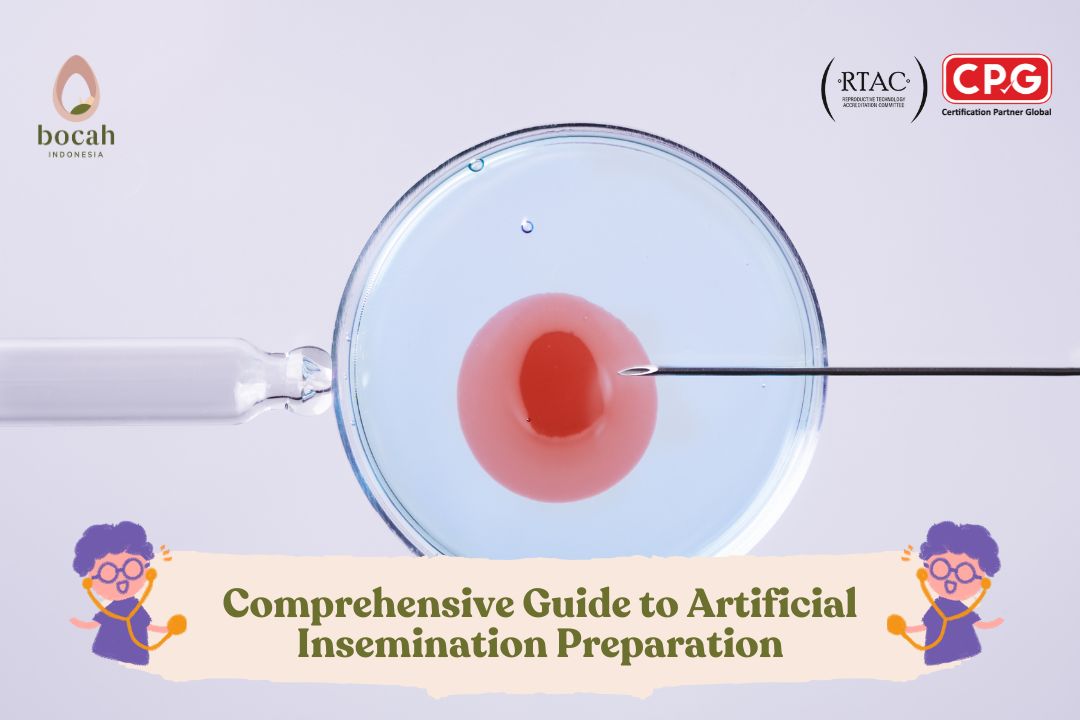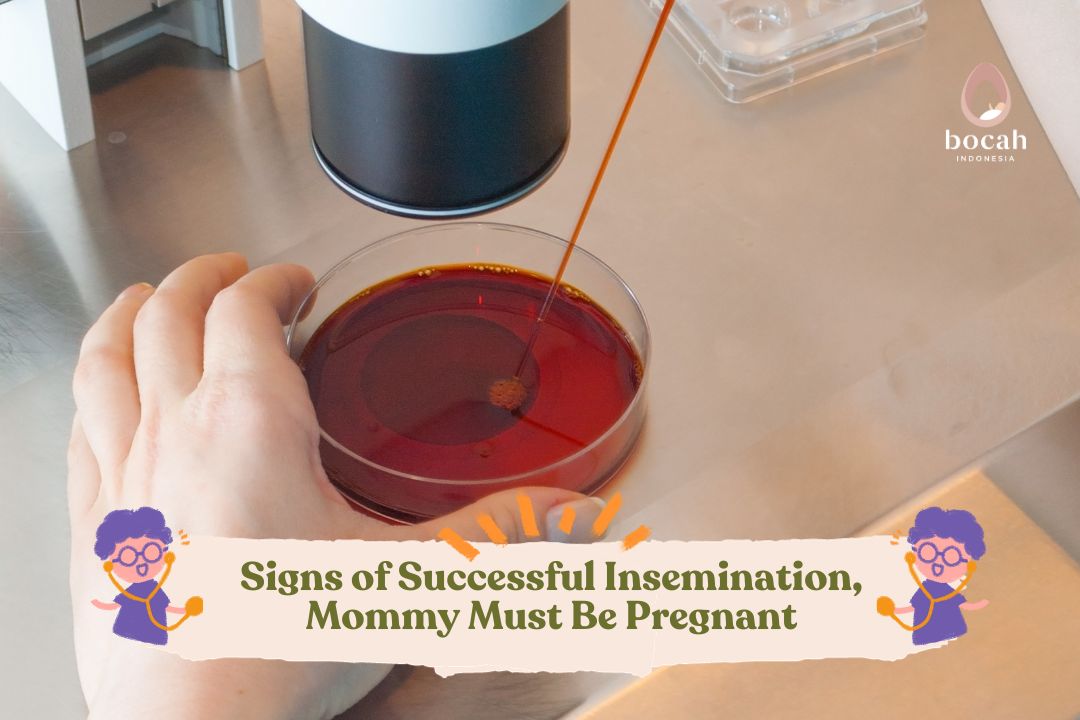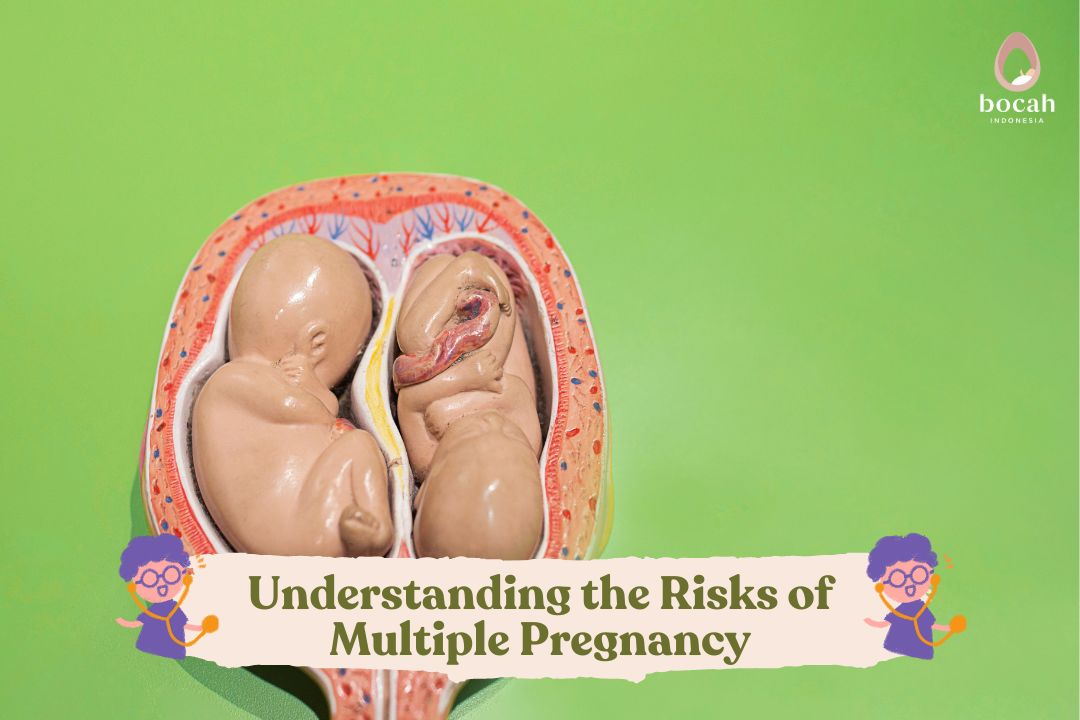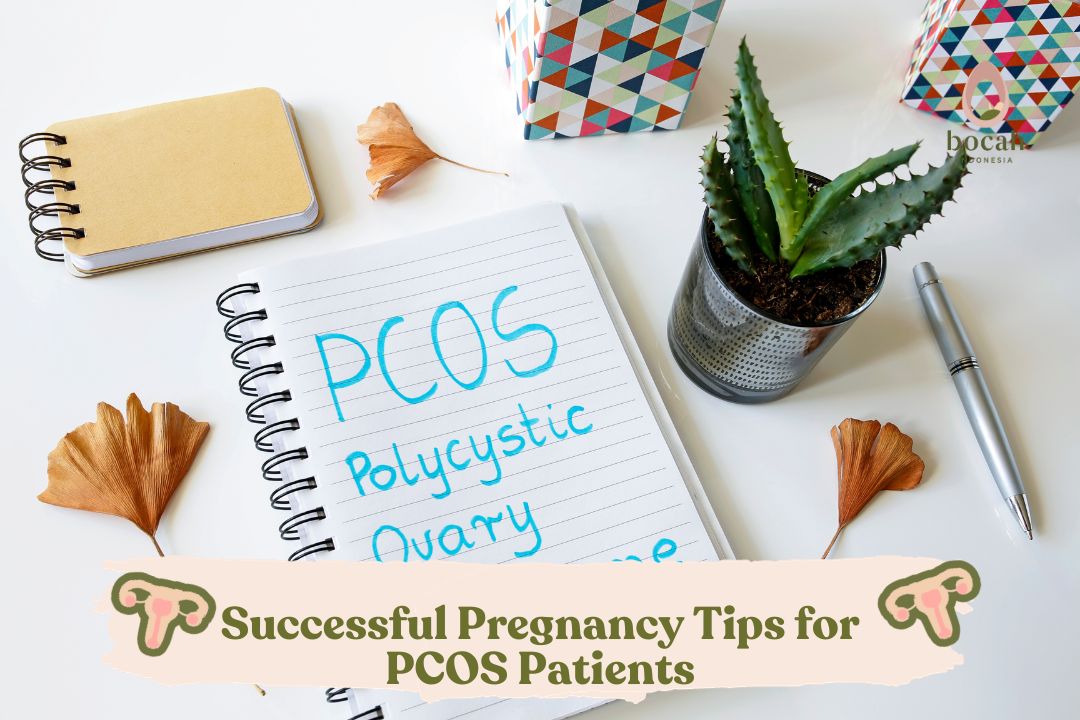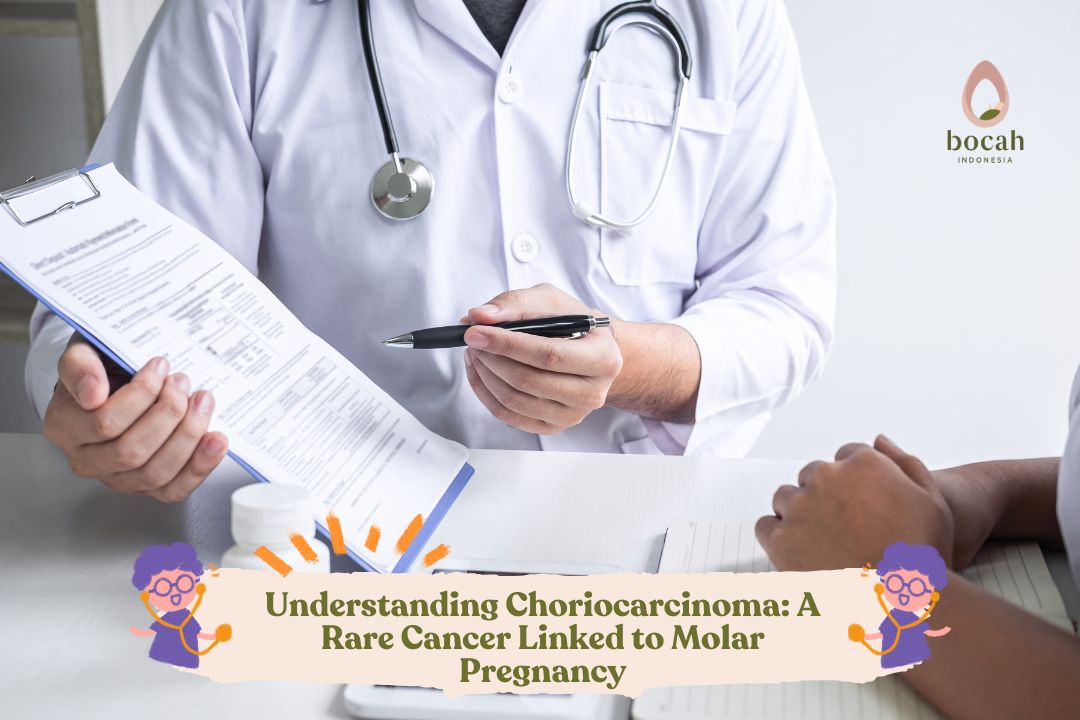Artificial Insemination Procedure: A Complete Guide to a More Successful Pregnancy
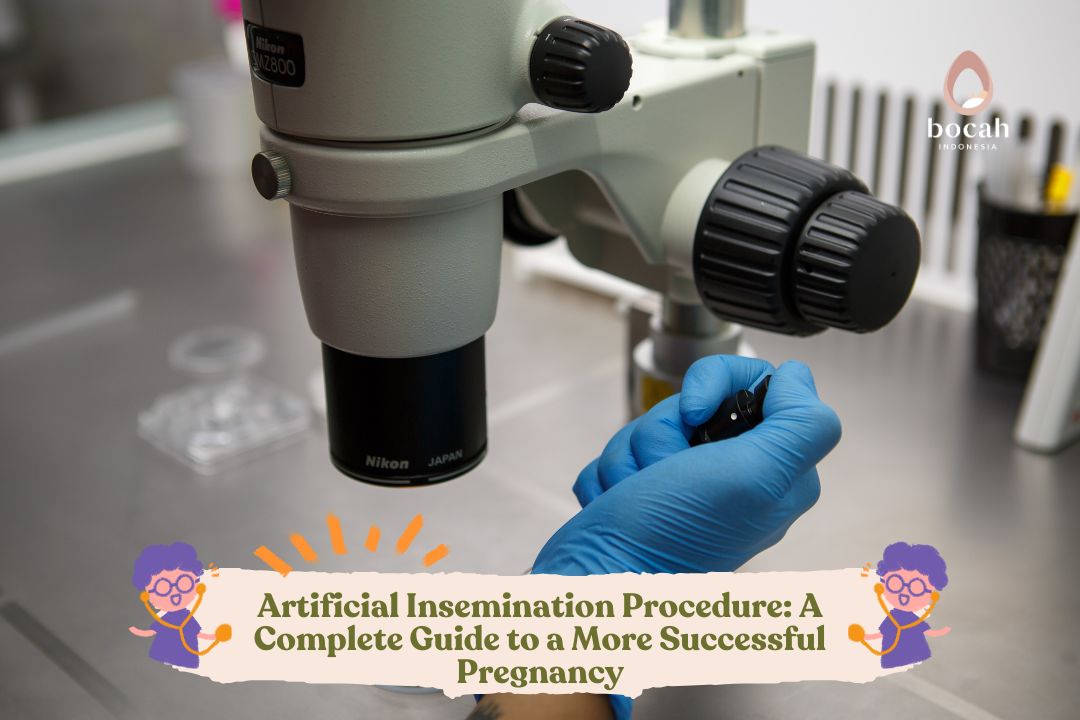
Artificial insemination is a medical method that helps couples facing difficulty getting pregnant. This procedure provides a higher chance for couples to conceive by facilitating the sperm’s journey toward the egg. This article will discuss the detailed steps of the artificial insemination procedure and what preparations are necessary to increase its success.
What is Artificial Insemination?
Artificial insemination, also known as Intrauterine Insemination (IUI), is a method used to place sperm directly into the mother’s uterus. The goal is to increase the chances of sperm meeting the egg and fertilization occurring. Artificial insemination is commonly chosen when there are fertility issues that hinder natural conception, such as low sperm motility or problems with the mother’s reproductive tract.
This procedure is typically done for couples with mild to moderate fertility issues and is often considered as a first step before moving on to more advanced reproductive technologies like In Vitro Fertilization (IVF).
Steps in the Artificial Insemination Procedure
- Consultation and Medical Examination The first step is to have a consultation with a fertility specialist. The doctor will examine the health history of both the mother and father, as well as conduct fertility tests to evaluate the reproductive condition of both partners. Some common tests include:
- Ultrasonography (USG) to assess the condition of the uterus and fallopian tubes.
- Hysterosalpingography (HSG) to check for any blockages in the fallopian tubes.
- Semen analysis to assess the sperm quality of the father.
These tests aim to ensure that artificial insemination is the right and safe option.
- Medication for Ovulation Stimulation In some cases, the mother may need to use medication to stimulate ovulation (the release of an egg). Drugs like clomiphene or gonadotropins are used to increase the number of eggs released, which boosts the chances of fertilization.
- Determining Ovulation Timing Accurately determining the right timing for ovulation is critical for the success of the procedure. The doctor will monitor the mother’s menstrual cycle and use ovulation tests and ultrasounds to determine the best time for insemination. Typically, insemination is done 1-2 days after ovulation is detected.
- Sperm Washing Process On the day of insemination, the father will be asked to provide a semen sample. The sperm is then processed in the laboratory through a process known as “sperm washing” to select healthy sperm with good motility. The selected sperm will then be used for insemination.
- Intrauterine Insemination (IUI) Procedure The IUI procedure itself is relatively quick and simple, usually taking about 10-15 minutes. The steps in the IUI procedure include:
- The mother will be asked to lie on an examination table with her legs bent, similar to the position during a gynecological exam.
- The doctor will insert a speculum into the vagina to widen the passage to the cervix, facilitating the procedure.
- Using a thin catheter, the processed sperm will be injected directly into the mother’s uterus, near the fallopian tubes.
- After the procedure is completed, the mother will be asked to lie down for a few minutes to allow the sperm to reach the fallopian tubes.
- Post-Procedure: Follow-Up and Pregnancy Test After the IUI procedure, the mother can return home and continue her normal activities. Some women may experience mild cramping or light bleeding, but this is normal.After two weeks, the mother can take a pregnancy test to determine whether the insemination was successful. If the result is negative, the procedure can be repeated in the next menstrual cycle, or the doctor may suggest another method, such as IVF.
When is Artificial Insemination Needed?
Artificial insemination is typically recommended for couples facing the following conditions:
- Sperm quality issues: For example, low sperm count or poor motility.
- Cervical issues: Obstacles in the sperm’s path to the uterus.
- Unexplained infertility: When no specific cause for infertility is found despite testing.
This method is not recommended for women with severe fallopian tube damage, advanced endometriosis, or other medical conditions that could impact reproductive health.
Tanya Mincah tentang Promil?
Success Rates and Costs of Artificial Insemination
The success of artificial insemination depends on various factors, such as the mother’s age, sperm quality, and other medical conditions. Generally, the success rate of IUI ranges from 10-20% per cycle, though results can be higher if the procedure is performed correctly and at the optimal time.
The cost of artificial insemination varies depending on the location and required treatments. The cost typically includes consultations, medical examinations, medication for ovulation stimulation, and laboratory fees for sperm processing.
Conclusion
Artificial insemination is an effective solution for couples experiencing difficulty getting pregnant. By following the correct procedure, the chances of conceiving through IUI can significantly increase. Before deciding to undergo insemination, it is important to consult a fertility specialist to ensure this method is appropriate for your medical condition.
Remember, while IUI is a viable option for many couples, patience and emotional support from your partner are crucial throughout the process. Always choose a trusted healthcare facility with a strong track record of performing these procedures.
Source:
- Cai, H., et al. (2022). Efficacy of Intrauterine Insemination in Women with Endometrioma-Associated Subfertility: Analysis Using Propensity Score Matching. BMC Pregnancy and Childbirth, 22(1), pp. 12.
- Chiu, Y. H., et al. (2022). Effectiveness and Safety of Intrauterine Insemination vs. Assisted Reproductive Technology: Emulating a Target Trial Using an Observational Database of Administrative Claims. Fertility and Sterility, 117(5), pp. 981–991.
- Wang, X., et al. (2021). Factors Affecting Artificial Insemination Pregnancy Outcome. International Journal of General Medicine, 14, pp. 3961–3969.
- National Health Service UK (2023). Health A to Z. Intrauterine insemination (IUI).
- Nall, R. Healthline (2023). Everything You Need to Know About Artificial Insemination.
- Lindberg, S. Healthline (2021). Signs Your Embryo Transfer May Have Been Successful.
- WebMD (2021). Infertility and Artificial Insemination.


